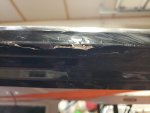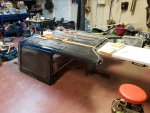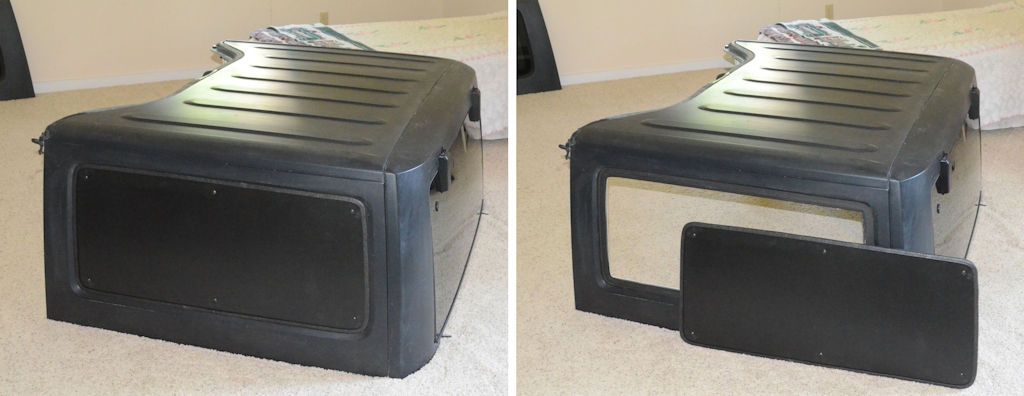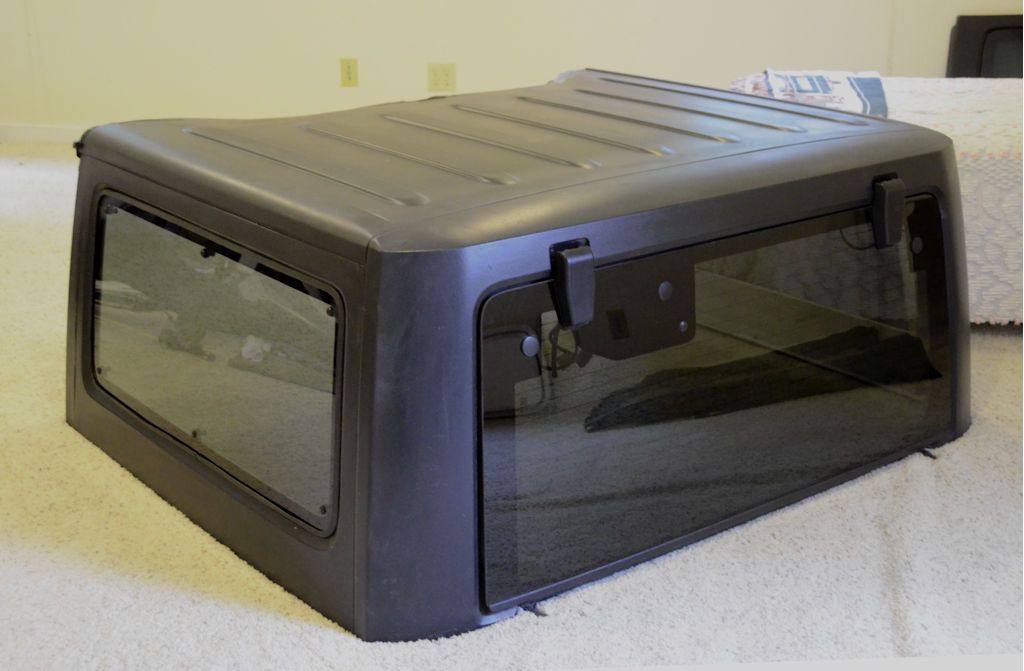jscherb
Expedition Leader
I suggest if you're going to try to make a mold on someone else's hardtop and you haven't done this before that you make a test mold for practice. Pick some area of your hardtop, prep it, apply gelcoat, do the layup and pop the mold off the hardtop when it's cured. Just to make sure you've got the technique down before you do it on someone else's top.Well that is disappointing as I just moved here so it will probably be a while before I meet someone that I can impose on for the mold.
In case I do come across someone that is willing to let me make the mold what supplies do you recommend i have on hand/quantities? Appreciate the help as I really don't know much about this other than what I learned here. Thank you.
You won't need this much for a small mold, but I'd get a quart of resin and a quart of gelcoat (that's the smallest quantity you can buy), get release wax and the smallest PVA you can, and maybe a few yards of 3/4 oz. mat.












